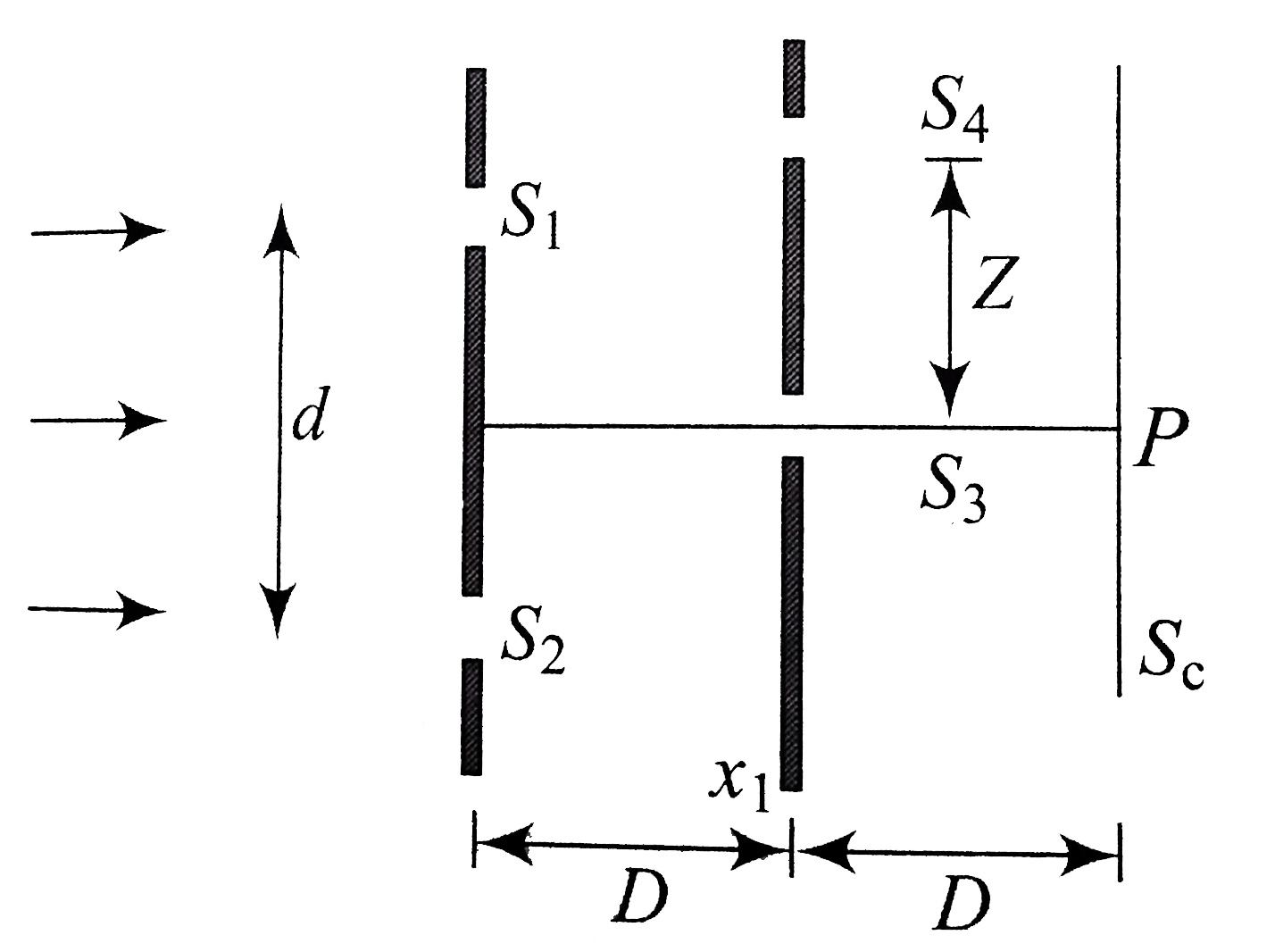A radar operates at a wavelength . Find the velocity of an approaching aircraff if the beat frequency between the transmitted signal and the signal reflected form the aircraft is equal to at the radar location.
From the previous problem, the beat frequency is clearly
Hence
Topper's Solved these Questions
- OPTICSBOOK - IE IRODOV, LA SENA & SS KROTOVCHAPTER - OPTICSEXERCISE - Thermal Equation
47 Videos
- OPTICSBOOK - IE IRODOV, LA SENA & SS KROTOVCHAPTER - OPTICSEXERCISE - Exercise
2 Videos
- OPTICSBOOK - IE IRODOV, LA SENA & SS KROTOVCHAPTER - OPTICSEXERCISE - Dispersion And Absorption Of Light
24 Videos
- MECHANICSBOOK - IE IRODOV, LA SENA & SS KROTOVCHAPTER - MECHANICSEXERCISE - Mechanics Problems
92 Videos
- OSCILLATIONS AND WAVESBOOK - IE IRODOV, LA SENA & SS KROTOVCHAPTER - OSCILLATIONS AND WAVESEXERCISE - Electromagnetic Waves, Radiation
36 Videos
Similar Questions
A parallel stream of monoenergetic electrons falls normally on a diaphragm with narrow square slit of width b=1.0μm. Find the velocity of the electrons if the width of the central diffraction maximum formed on a screen located at a distance l=50cm from the slit is equal to Δx=0.36mm.
View SolutionFigure. Illustrates the interference axperiment with Fresnel mirrors. The angle between the mirrors is α=12' the distance from the mirrors intersection line to the narrow slit S and the screen Sc are equal to r=10.0cm and b=130cm resoectively. the wavelength of light is λ=0.55μm. Find:
(a) the width of a fringe on the screen and the number of possible maxima,
(b) the shift of the interference pattern on the screen when the slit is displaced by ∂l=1.0mm along the are of radius r with centre at the point O,
(c) at what maximum width ∂max of the slit the interference fringes on the screen are still observed sufficiently sharp.

View Solution
Knowledge Check
A radar operates at wavelength 50.0 cm. If the beat frequency between the transmitted singal and the singal reflected from aircraft (Δv) is 1 kHz, then velocity of the aircraft will be :
A800 km/hrB900 km/hrC1000 km/hrD1032 km/hrConsider the situation shown in fig. The two slits S1 and S2 placed symmetrically around the central line are illuminated by monochromatic light of wavelength λ. The separation between the slit is d. The ligth transmitted by the slits falls on a screen S0 placed at a distance D form the slits. The slit S3 is at the central line and the slit S4 is at a distance z from S3 Another screen Sc is placed a further distance D away from Sc Find the ratio of the maximum to minimum intensity observed on Sc

If z=λDdA4B2C∞D1
_E01_234_Q01.png)
A thin horizontal disc of radius R=10cm is located with in a cylindrical cavity filled with oil whose viscosity η=0.08P (figure) The distance between the disc and the horizontal planes of the cavity is equal to h=1.0 mm find the power developed by the viscous forces acting ont he disc when it rotates with the angular velocity ω=60rad/s. The end effect are to be neglected.
View SolutionMicrowaves which travel with the speed of light are reflected from a distant aeroplane approaching the waye source radar. It is found that when the reflected waves are beat against• the wave sradiated from the source, the beat frequency is 990 Hz. If the micro waves are 0.1 m in wavelength, what is the approaching speed of the aeroplane.
View SolutionA point source of light with wavelength λ=0.50μm is located at a disatnce a=100cm in front of a diaphragm with round aperture of radius r=1.0mm. Find the distance b between the diaphragm and the observation point for which the number of Fresnel zones in the aperture equals k=3.
View SolutionA beam of light of intensity I0 falls normally on a transparent plane-parallel plate of thickness l. The beam contains all the wavelengths in the interval from λ1 to λ2 of equal spectral intensity. Find the intensity of the transmitted beam if in this wavelength interval the absorption coefficient is a linear function of λ, with exterme values x1 and x2. The coefficient of reflection at each surfcae is equal to ρ. The secondary reflections are to be neglected.
View SolutionLight with wavelength λ=0.55μm from a distant point source falls normally on the surface of a glass wedge. A fringe pattern whose neighbouring maxima on the surface of the wedge are separated by a distance Δx=0.21mm is observed in reflected light. Find:
(a) the angle between the wedge faces,
(b) the degree of light monochromatism (Δλ/λ) if the fringes disappear at a distance l≈1.5cm from the wedge's edge.
View SolutionLight with wavelength λ=0.60μm falls normally on a diffraction grating inscribed on a plane surfcae of a plano-curvex cylinderical glass lens with curvature radius R=20cm. The period of the grating is equal to d=6.0μm. Find the distance between the principle maxima of first order located symmetrically in the focal plane of that lens.
View Solution
